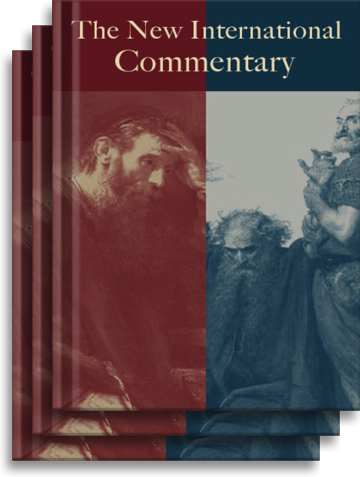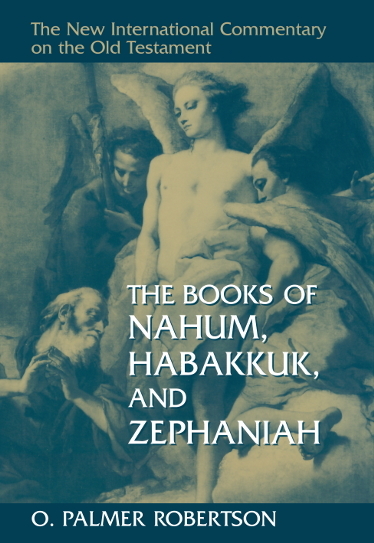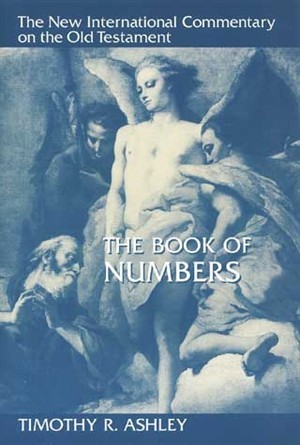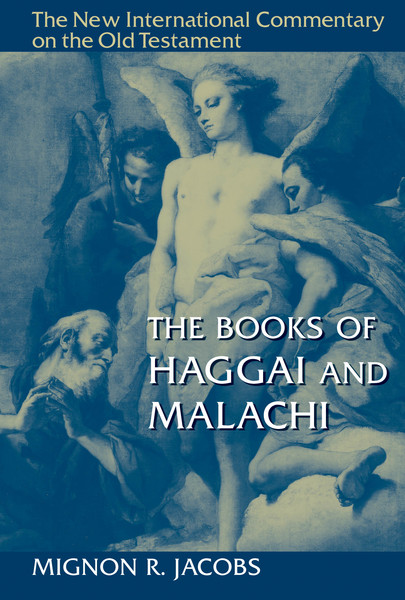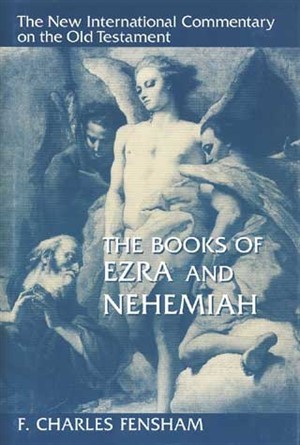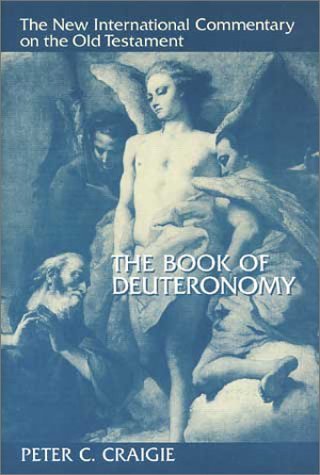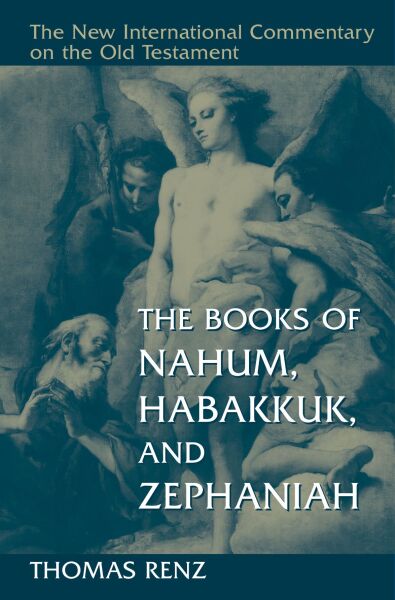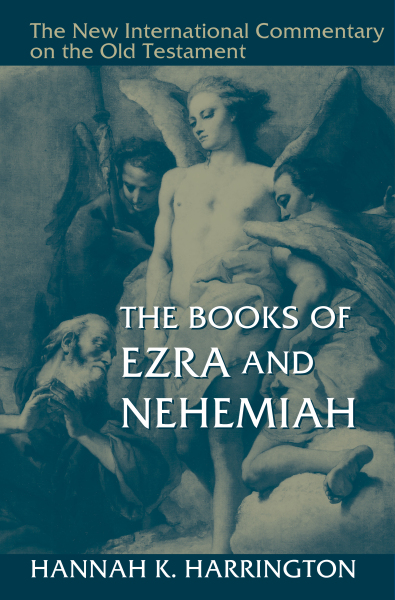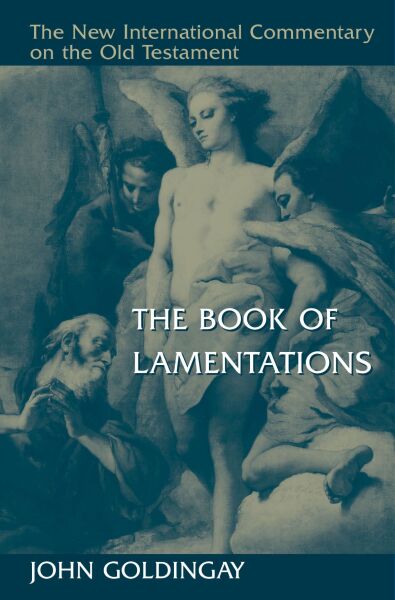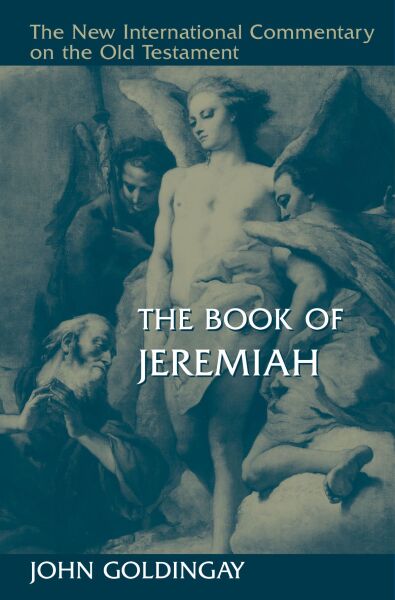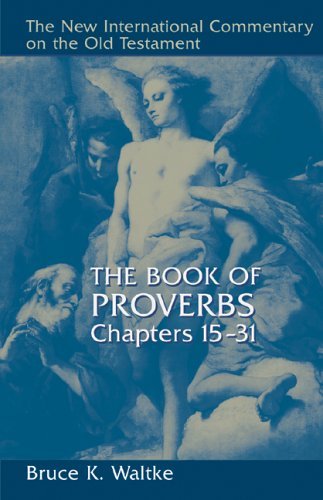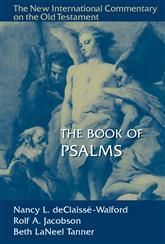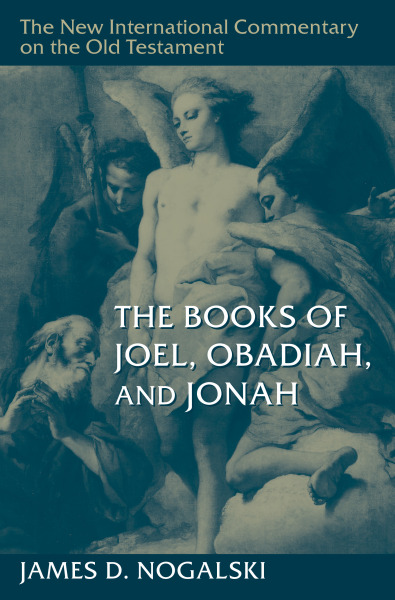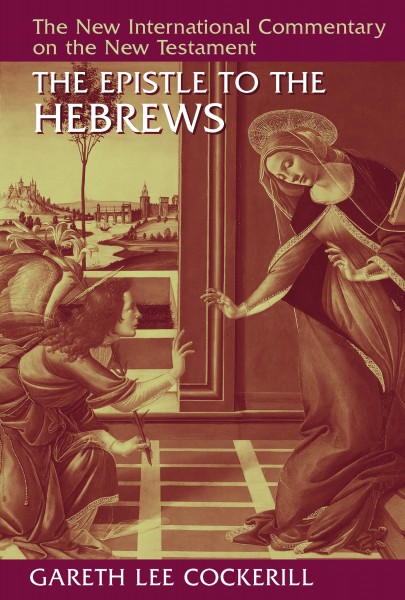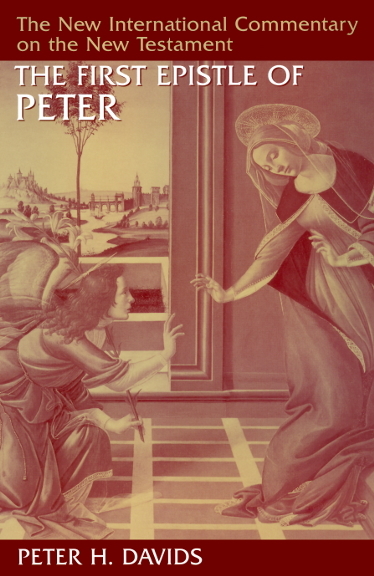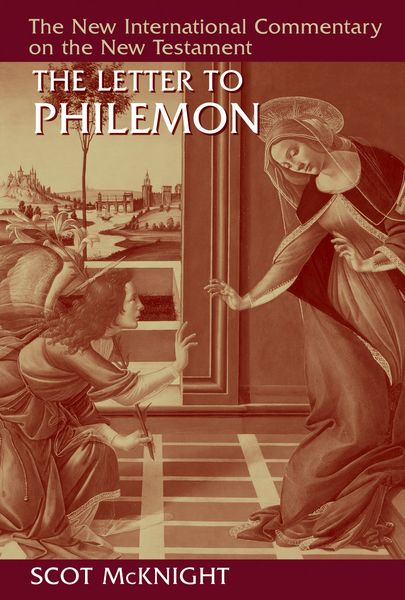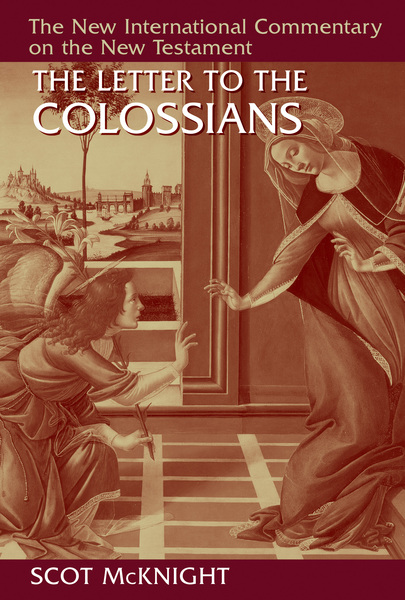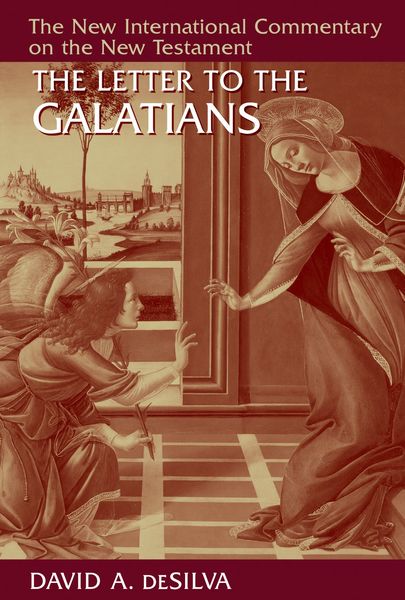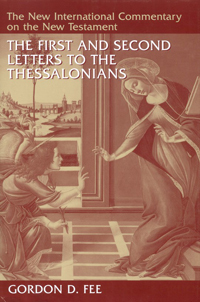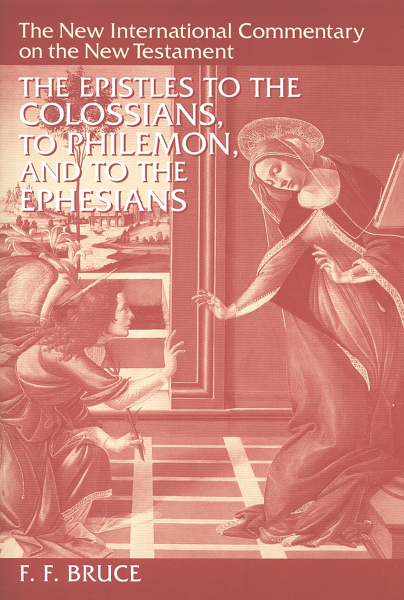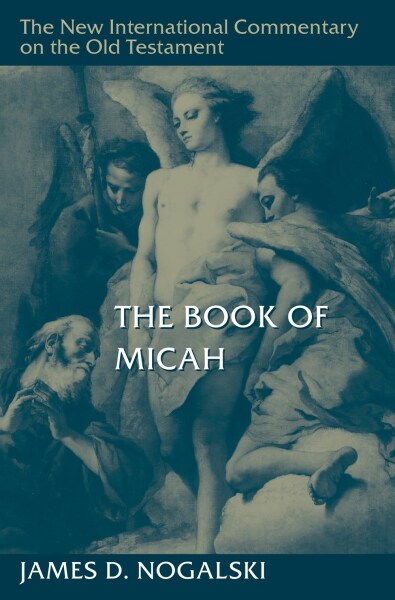


New International Commentary on the Old Testament (NICOT): The Book of Ecclesiastes

New International Commentary on the Old Testament (NICOT): The Book of Ecclesiastes
Ecclesiastes both absorbing and unforgettable. It stands out in the OT because of its strikingly distinct message. Author Tremper Longman III gives the speaker of the book the name Qohelet, who confronts doubts common in our own time as well as his. Qohelet is compelled by the question, “Where can we finding meaning in the world?” And though his mantra strikes a chord in modern readers, his conclusion is daunting. “Meaningless,” states Qohelet, “everything is meaningless.”
How can this exceedingly negative view agree with the rest of the Biblical revelation? Longman III explores this question by maintaining a canonical, Christ-centered stance in the New International Commentary: The Book of Ecclesiastes.
Longman includes an expansive introduction to this Biblical book, where he writes about such issues as composition, language, genre, structure, literary style, context, and theology. He contends that the writer of Ecclesiastes is not, after all, Solomon, as has been assumed throughout history, but rather a writer who assumes the persona of Solomon.
In the commentary itself, Longman untangles the confusing, occasionally paradoxical meaning of Ecclesiastes by dividing it into three sections: a prologue (1:1-11), the autobiographical speech (1:12-12:7), and the epilogue (12:8-14). An overarching frame (the prologue and the epilogue) is essential to understanding the book as a whole.
New International Commentary on the Old Testament - Series Editor: Robert L. Hubbard Jr.
Maneuvering through Levitical laws, bloodshed in Joshua, or Daniel's apocalyptic visions, sincere readers often wonder what the Old Testament means and how it can be the Word of God. For several decades the New International Commentary on the Old Testament has helped countless people traverse this difficult literary terrain.
All the NICOT volumes combine superior scholarship, an evangelical view of Scripture as the Word of God, and concern for the life of faith today. Each volume features an extensive introduction treating the biblical book's authorship, date, purpose, structure, and theology. The author's own translation of the original Hebrew and verse-by-verse commentary follow. The commentary itself carefully balances coverage of technical matters with exposition of the biblical text's theology and implications.
